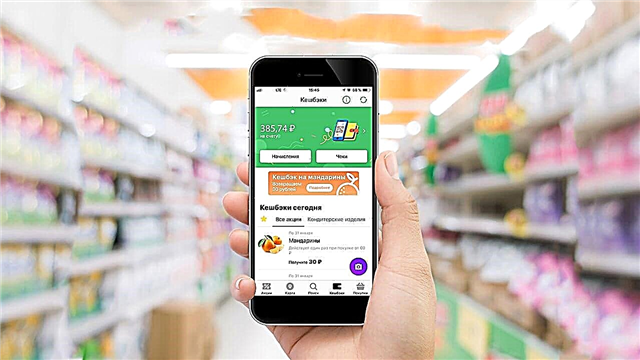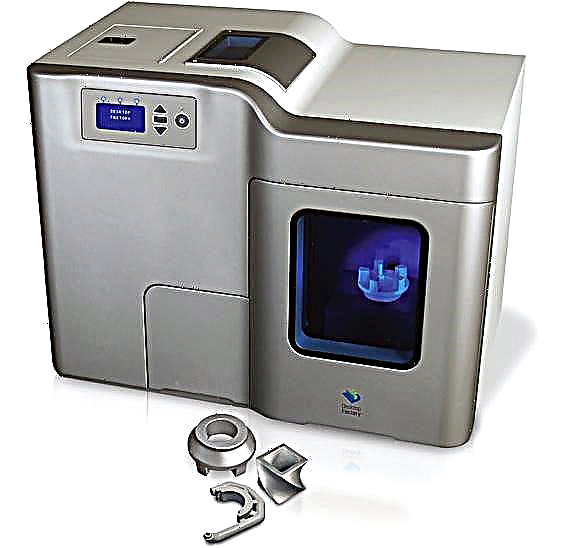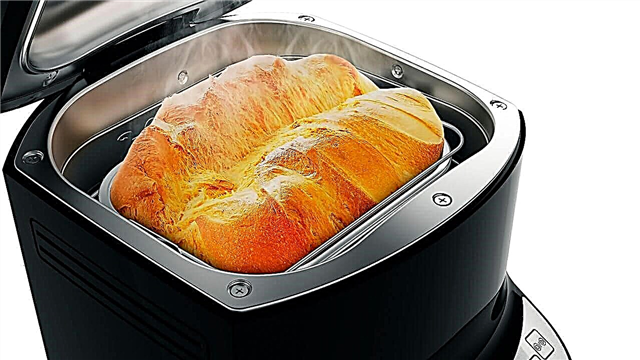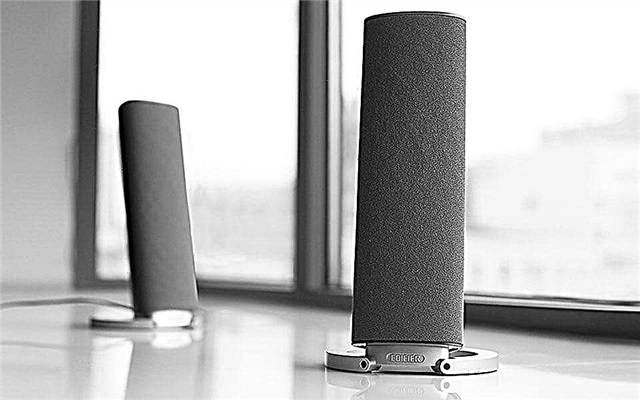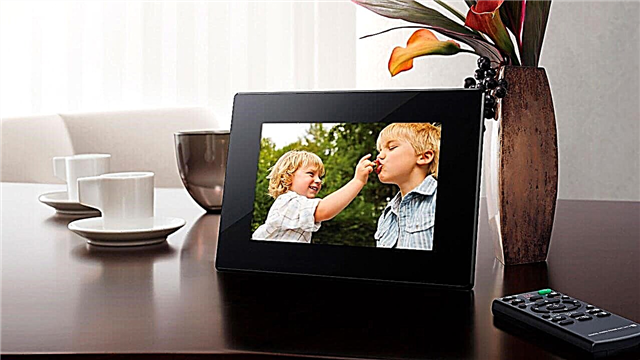Every year, companies find new ways to interest consumers with their products. For this, attractive marketing schemes and advertising campaigns with a large budget are used.
Some of them, such as the long-running McDonald’s Monopoly advertising campaign, significantly increase company profits and become the basis of consumer culture. However, on the other side of the spectrum are the most disastrous advertising campaigns in history. Today we will tell you about the most famous of them.
10. Sunny Co and Pamela Swimwear
 In the summer of 2017, California-based startup Sunny Co Clothing offered Instagram users a free swimsuit in the style of the legendary one-piece swimsuit that Pamela Anderson wore on the Malibu Rescue TV show, priced at $ 64.99.
In the summer of 2017, California-based startup Sunny Co Clothing offered Instagram users a free swimsuit in the style of the legendary one-piece swimsuit that Pamela Anderson wore on the Malibu Rescue TV show, priced at $ 64.99.
All you had to do to get it was to publish a promotional photo of a girl in a Sunny Co swimsuit, mark the manufacturer on it, and pay the shipping costs for shipping the swimsuit.
Over 330,000 people took part in the advertising campaign, and despite a lot of technical problems, Sunny Co nevertheless partially fulfilled its promise by sending over 50,000 free swimwear to customers.
This is not to say that this mistake destroyed SunnyCo, as the brand was in the spotlight. But it cost too much, literally.
9. Chevy and do-it-yourself advertising
One of the most failed advertising campaigns in modern history has been linked to the famous automobile brand Chevy. In 2006, he gave fans the opportunity to create their own ads for Chevy Tahoe through the website.
As expected, the critics of the brand saw in the contest an opportunity to point out the identified shortcomings in Tahoe in particular or Chevy in general. Many of these materials remained on the contest website for a very long time, since GM (the parent company of Chevy) specifically stated that it would not remove “negative” ads, only “offensive” ones.
In the end, it seems that GM has definitely underestimated the number of Internet trolls, critics, and simply toxic personalities on the Web.
8. Fiat and love letters
 In 1994, the automaker Fiat sent 50,000 anonymous love letters to young women in Spain.
In 1994, the automaker Fiat sent 50,000 anonymous love letters to young women in Spain.
The letters, written on pink paper, lavished compliments to the recipients and suggested that they go on a “little adventure”, as if “yesterday we met on the street again, and I noticed how you looked with interest in my direction”.
But, before Fiat managed to send a second letter, which revealed the name of the sending company, it became clear that the promotion failed miserably. Instead of arousing curiosity, these letters led to panic and fear that someone was harassing these women.
7. American Airlines and AAirpass
 American Airlines had a difficult history, to say the least, but its lowest point occurred in the early 1980s - the time when the airline quickly lost money and had to come up with something to stay afloat.
American Airlines had a difficult history, to say the least, but its lowest point occurred in the early 1980s - the time when the airline quickly lost money and had to come up with something to stay afloat.
The solution was an exclusive membership program called AAirpass. The idea was simple: for just $ 250,000, you could get a pass, which gave you the right to first-class lifetime free flights.
Problems started in 2007 (again in the midst of financial problems) when AA realized that some people used their badges too often, and it cost the company millions of dollars. Access violators were removed from the system (referring to “fraudulent activity”), however, the issue of abuse of AAirpass was settled only after several years of litigation. Currently, this catastrophic advertising campaign is mostly remembered as a high-profile example of a colossal business error.
6. Hoover and round-trip flights
 At the end of 1992, Hoover had too many washing machines and vacuum cleaners. Therefore, she launched an advertising campaign, offering round-trip tickets at certain airports in the United States or Europe with each vacuum cleaner purchased.
At the end of 1992, Hoover had too many washing machines and vacuum cleaners. Therefore, she launched an advertising campaign, offering round-trip tickets at certain airports in the United States or Europe with each vacuum cleaner purchased.
Although marketers hoped that customers would buy expensive models, they set a minimum amount for the purchase of equipment at £ 100, or about $ 166 today.
As soon as people saw the advertisement, they began to actively buy Hoover products, and the company simply did not have vacuum cleaners for everyone, and at the same time money to pay for plane tickets, which cost more than the purchase.
As a result of lengthy litigation in the US and the UK, Hoover lost about £ 50 million.
5. Red Lobster and the Endless Crab
 Many companies incorrectly assessed consumer demand when distributing something free (for example, Sunny Co Clothing), but none of them did it as catastrophically as Red Lobster.
Many companies incorrectly assessed consumer demand when distributing something free (for example, Sunny Co Clothing), but none of them did it as catastrophically as Red Lobster.
The Endless Crab promotion in 2003 cost initiators millions of dollars over a short period and led to the resignation of company president Edna Morris.
Red Lobster's tactical mistake was to underestimate how many times customers would request another plate of crab in one visit. In addition, while some customers enjoyed eating the “endless crab” for $ 20, a huge queue was piling up in the lobby of the restaurant, and this did not contribute to the image of the company or increase its profit.
4. Dr. Pepper and Guns N ‘Roses album
 The creation of Guns N ‘Roses, titled“ Chinese Democracy ”, began in 1994. Fourteen years later, in 2008, the album was still in production. And it seemed that he would never become a reality. However, in 2008, the American soft drink giant Dr. Pepper promised that he would provide a free can of his drink to every American if the album was released by the end of the year.
The creation of Guns N ‘Roses, titled“ Chinese Democracy ”, began in 1994. Fourteen years later, in 2008, the album was still in production. And it seemed that he would never become a reality. However, in 2008, the American soft drink giant Dr. Pepper promised that he would provide a free can of his drink to every American if the album was released by the end of the year.
To everyone’s surprise, Guns N ‘Roses released their new album on November 23, 2008. To fulfill his promise, Dr. Pepper created a one-day coupon that day, which could be exchanged for a free can of the drink. But many people complained that most of the day the coupon was unavailable.
After all, the promotion of Dr. Pepper turned out to be inadequate, and this negatively affected the perception of the album. Two days later, on November 25, 2008, Guns N ‘Roses lead singer Axl Rose sued the company and demanded an apology.
3. McDonald’s and the 1984 Summer Olympics
 To maintain a patriotic spirit during the 1984 Summer Games, McDonald’s created an ad competition called, “When the US wins, you win.”
To maintain a patriotic spirit during the 1984 Summer Games, McDonald’s created an ad competition called, “When the US wins, you win.”
Prerequisite: If the United States receives a medal, you will receive free food (Big Mac for gold, French fries for silver and Coca-Cola for bronze).
However, what seemed like a reasonable way to capitalize on the biggest sporting event of the year was a marketing nightmare for McDonald’s after the Soviet Union boycotted the Olympics. This led to the fact that athletes from the USA received so many medals that in some McDonald’s restaurants there was not even enough branded burger chain
2. Coca-Cola and MagiCans
The idea of this failed advertising campaign at first seemed excellent. Among the millions of Coca-Cola cans distributed throughout the United States, there were a number of MagiCans, special cans with a “golden ticket” inside. Prizes were hidden in them, which became available as soon as the bank was opened.
To prevent such prizes from being found too easily, they were located inside a compartment that contained a replacement for ordinary soda - a (non-toxic) mixture of chlorinated water and an unknown dirty liquid, clearly designed to prevent the use of the contents.
The action was canceled just a few weeks after numerous reports of problems with banks: the liquid spoiled the prize, or the prize did not float at all, or - in one sad case - the child drank this liquid.
1. Pepsi and giveaway
 In the early 90s, Pepsi lagged behind Coca-Cola in foreign markets. Therefore, in an effort to succeed in Southeast Asia, Pepsi Filipino executives developed an original marketing plan called Numeric Fever. It was promised that one lucky winner who found a winning three-digit code under the cap of the drink would receive 1 million pesos (about 40,000 US dollars). And many other winners will receive consolation prizes, such as free drinks.
In the early 90s, Pepsi lagged behind Coca-Cola in foreign markets. Therefore, in an effort to succeed in Southeast Asia, Pepsi Filipino executives developed an original marketing plan called Numeric Fever. It was promised that one lucky winner who found a winning three-digit code under the cap of the drink would receive 1 million pesos (about 40,000 US dollars). And many other winners will receive consolation prizes, such as free drinks.
Certain numbers should not have been selected as a winner. One such “loser” was number 349, which was printed on 800,000 bottle caps. But the consulting firm, hired to win the winning number, obviously did not receive a note with unnecessary numbers, and when her computer chose the winning number, it turned out to be ... 349.
Unwilling to pay billions of pesos, Pepsi announced to the winners that the covers did not have the correct security code. And the Pepsi riot began in the Philippines. Molotov cocktails flew to the company's bottling plants, trucks carrying Pepsi products were turned over and set on fire, and courts were littered with thousands of lawsuits.
As a result, Pepsi's voluntary $ 2 million in prize payments quickly grew into more than $ 10 million in restitution and legal fees.

